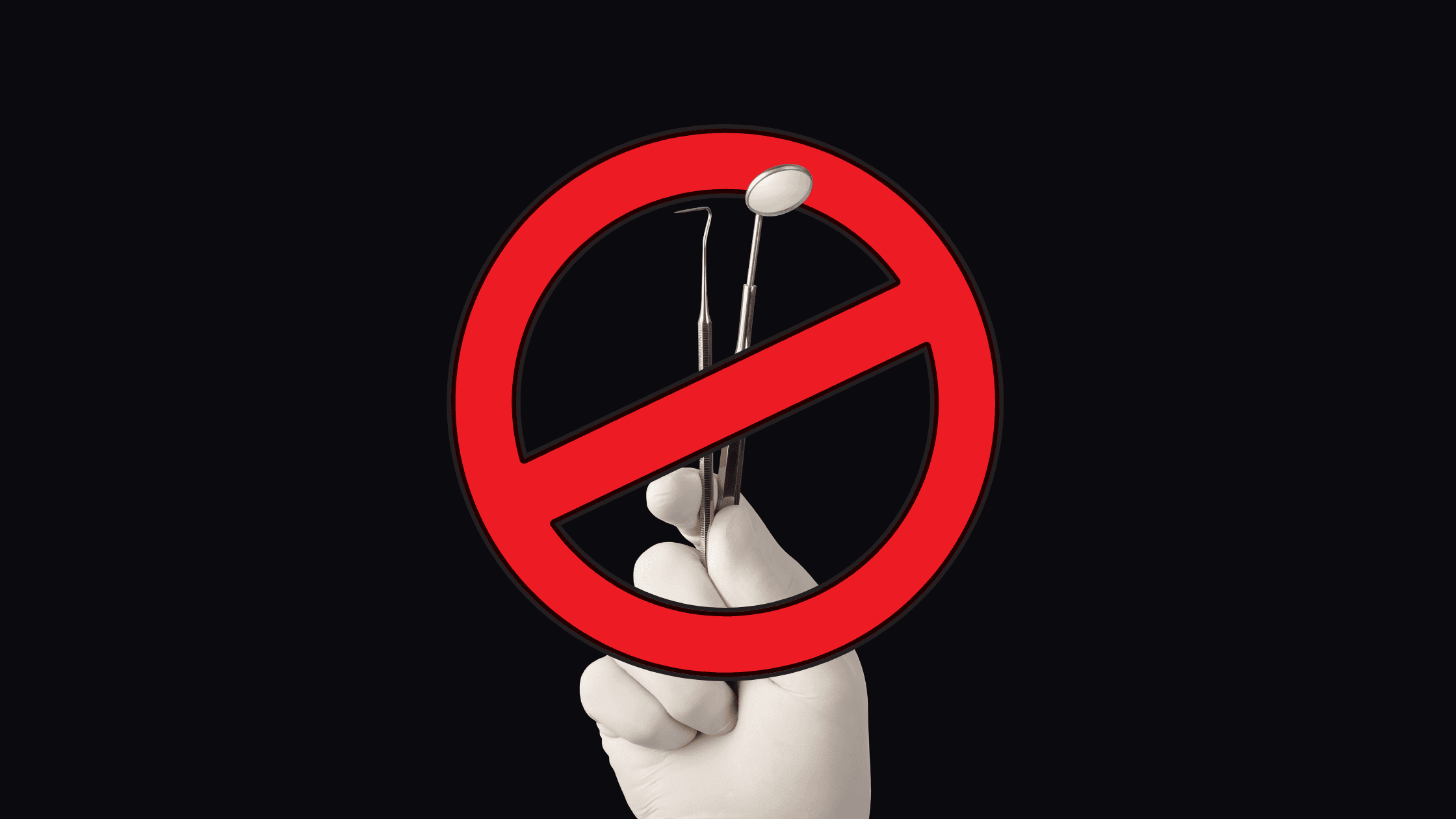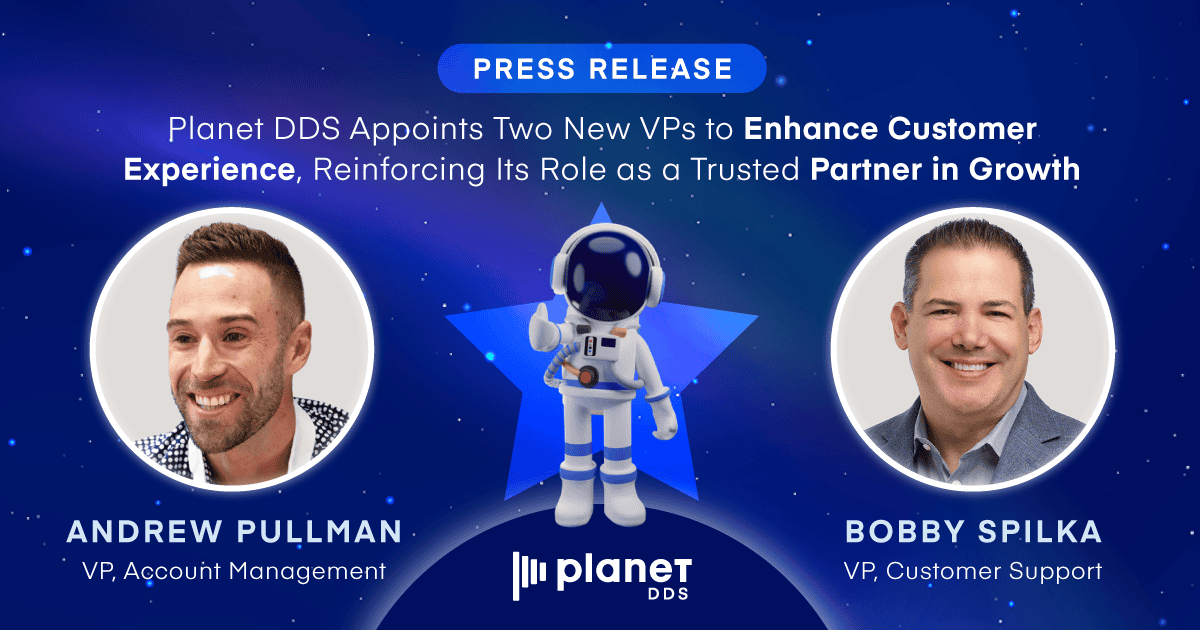How to Bust Myths About Going to the Dentist

As much as you don’t want to admit it, for much of the population dentists can be scary! From negative stereotypes to regarding dental visits as nonessential, patients avoid seeing the dentists for a variety of reasons. However, you can counter these nine common assumptions by implementing some myth-busting actions:
Myth #1: Dental visits are unnecessary
Many people think that brushing their teeth daily plus an occasional flossing is adequate oral health care. And if their gums start to hurt, they can pop an aspirin!
A multi-pronged communication strategy is best for addressing this myth. Send automated reminders to recall and reactivate patients, including information about how critical complete oral hygiene is. If you’re trying to reach patients with outstanding prescribed treatment plans, run a report using Legwork Treatment Opportunities to review presented and unscheduled procedures, then follow-up with customized messaging to nurture and convert them into appointments. By sharing educational materials, you’ll establish yourself with patients as the expert on their oral health, building trust and establishing yourself as the one to turn to if they have questions.
Myth #2: My Dentist takes pleasure in seeing me in pain
From comics to stand-up routines, a common stereotype is the belief dentists enjoy watching their patients writhe in pain! Perhaps this perception is due to the history of barbers practicing dentistry using crude tools like razor blades and forceps to extract decayed teeth without anesthesia. But we’ve come a long way since then!
Regardless of how those legends came about, you can bust this myth by creating positive patient experiences. Emphasize to patients that their health and comfort are your primary concerns. Offer a pre-appointment comfort survey so you can customize treatment around their preferences and anxieties, demonstrating that you have their best interests in mind. By following through and delivering excellent service, you can wow them with excellent care marked by genuine concern.
Myth #3: My Dentist likes to embarrass me
Let’s face it: many people feel embarrassed about going to the dentist because they believe the condition of their teeth indicates poor habits. In these cases, lecturing your patients to floss regularly probably won’t help them develop a healthy habit–it’s more likely to make them not want to return. Furthermore, speaking in industry jargon they don’t understand can alienate patients and make them feel unknowledgeable or foolish.
The best way to curb this myth is by showing patients you have their best interests in mind. Relay advice on oral hygiene habits through blog and email campaigns that patients can read on their own time when they’re seeking information and solutions to their dental problems, establishing you as an authority without coming across as condescending. Additionally, you can gauge how well you’re doing and get a pulse on your patients’ perception of you through post-appointment surveys and scoring and an NPS (Net Promoter Score).
Myth #4: My Dentists will tell me I can’t eat [insert favorite food]
Whether it’s a ban on popcorn while wearing braces or forbidding sugary beverages, people often associate dentists with restricting their consumption of favorite treats and guilty pleasures.
To combat this myth, continue encouraging healthy habits–but do so without condescending lectures! Establish yourself as a go-to-resource for your patients’ health information by offering educational materials via your blog, social media, and newsletter. As with oral hygiene advice, patients are more likely to consult information they can access on their own time. By providing resources through electronic campaigns , you become the authority when it comes to supporting your patients’ health. Plus, your intermittent biannual–or annual–interactions won’t feel as loaded with unsolicited advice.
Myth #5: It’s impossible to schedule an appointment when I need it
For some, even getting an appointment on the books is a deterrent from ever visiting a dentist. The combination of busy schedules, juggling multiple responsibilities, and dental practice hours overlapping with regular work hours can make scheduling an appointment feel like an impossible task. Calling and hearing a voice message or playing phone tag can make booking a visit seem extra formidable.
To counter these hurdles, offer online booking and use an ASAP system to fill seats and get people in for an appointment as soon as openings become available. You might also open once a month on a weekend and during evening hours a couple times per week to better accommodate working patients’ schedules.
Myth #6: Going to the Dentists takes too long!
Does anyone really love taking time out of their week for a medical appointment? Maybe folks who really dislike their job AND get paid sick leave whenever they get their teeth cleaned, but for the most part people hate going to the dentist because it cuts into their busy workday. Even the time it takes to call, make an appointment, and fill out paperwork on the first visit can feel like an unreasonable burden.
You can bust this myth by making the process faster and easier. Paperless health history forms allow patients to fill out their pre-appointment paperwork before they arrive. And you can always gently remind patients that skipping routine cleanings will likely result in the need for more extensive treatments.
Myth #7: My Dentist is just trying to get more money from me
Many people think dentists see fillings as dollar signs and root canals as retirement funds; unfortunately, this perception gains momentum whenever a “bad apple” dentist mismanages their practice. News outlets and social media spread those stories virally!
You can absolve this myth for your patients by explaining the purpose of treatments and the potential hazards of foregoing them in the simplest terms possible. Reassure patients that you have their best interests in mind–both medically and financially. Offering flexible payment options such as payment plans demonstrates that you are willing to work with patients regardless of their economic situation.
Myth #8: My Dentist’s practice is outdated
Some people associate going to the dentist with childhood trips to a whitewashed room where they sunk their teeth into a nauseating mold of a mysterious, cherry-flavored goo…and vowed to never select cherry-flavored anything ever again!
From a modern, mobile-friendly website to updated technology, you can bust this myth by reframing patients’ perception of your practice. Streamline their admittance process with paperless forms and online booking . Offering cutting-edge services like Teledentistry demonstrates that your practice is keeping up with the times and putting patient ease and comfort first. Finally, offering post-visit options like online pay and a patient portal system will complete the experience with a twenty-first century stamp of approval.
Myth #9: A good Dentist is hard to find
Scarring–mental or otherwise–from previous dental experiences can make people hesitant about starting fresh with someone new. Whether they’ve recently relocated, or don’t want to return to a provider due to insurance changes or poor treatment, many people put off going to the dentist because they think it will be too challenging to find one they trust.
When it comes time for someone to search for a dentist, stand out by making sure you are showing up on local searches. Keep all your listings across the web up-to-date with current information. Most importantly, you want to garner and feature quality reviews –this establishes your credibility for prospective patients more than any marketing or advertising.
Bust More Myths: Understand Patient Psychology
Identifying major obstacles that prevent patients from seeing a dentist is a good start to countering their objections. But if you really want to break through, you need to dig into the psychology of what drives patients towards or away from you. Set aside a few minutes to dig beneath the surface of patient objections by downloading and reading our free eBook, Unscheduled Treatment: Psychology of a Patient’s Buying Decision .



